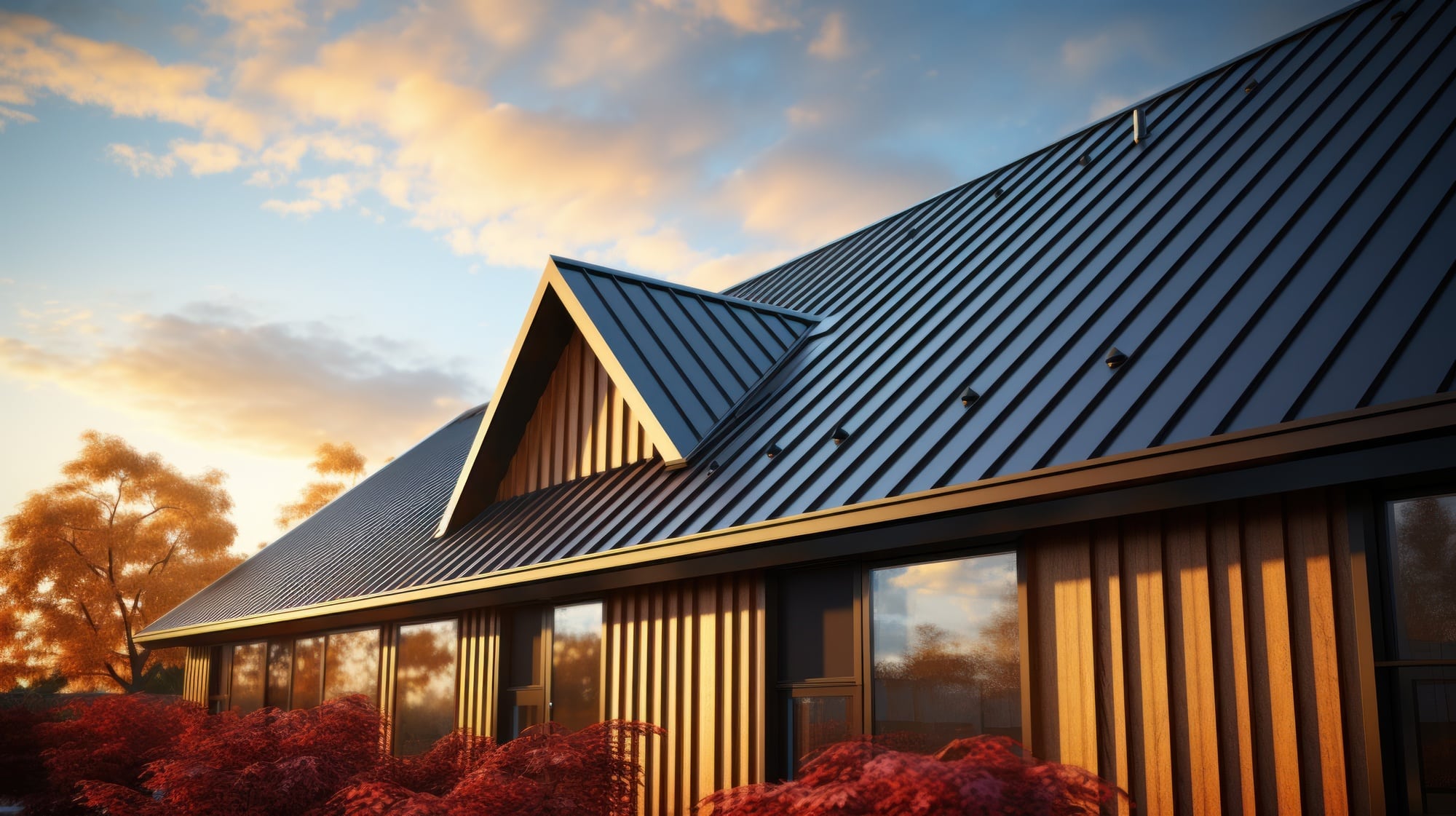Your roof is one of the most critical components of your home, providing protection against the elements and keeping you and your family safe. However, over time, various issues can arise, compromising its integrity and effectiveness. In this article, we’ll explore ten common roofing problems homeowners face and provide practical solutions to address them effectively.
1: Leaks
One of the most common roofing problems is leaks. Leaks can occur for various reasons, including damaged flashing, cracked or missing shingles, or improper installation. Identifying leaks early is crucial to prevent further damage to your home’s interior. Look for water stains on ceilings or walls, mold growth, or damp insulation in your attic. To fix leaks, seal any cracks or gaps, replace damaged shingles or flashing, and ensure proper ventilation to prevent moisture buildup.
2: Missing or Damaged Shingles
Missing or damaged shingles can leave your roof vulnerable to water infiltration and other damage. Inspect your roof regularly for signs of missing, cracked, or curling shingles. If you notice any issues, replace them promptly to prevent further damage to your roof deck and interior.
3: Ponding Water
Ponding water occurs when water collects in low spots on your roof and fails to drain properly. This can lead to structural damage, mold growth, and premature aging of your roof. To prevent ponding water, ensure your roof has adequate drainage and consider installing tapered insulation to promote water runoff.
4: Ice Dams
Ice dams are a common problem in colder climates and occur when snow melts on your roof and refreezes at the eaves. This can cause water to back up under your shingles, leading to leaks and water damage. To prevent ice dams, ensure proper attic insulation and ventilation, and remove snow from your roof using a roof rake.
5: Poor Installation
Poor installation can lead to a host of roofing problems, including leaks, premature aging, and structural issues. Hire a reputable roofing contractor with experience in installing your specific roofing material to ensure it’s done correctly. Proper installation is key to maximizing the lifespan of your roof and minimizing the risk of future problems.
6: Clogged Gutters
Clogged gutters can prevent water from properly draining off your roof, leading to water damage and mold growth. Clean your gutters regularly to remove leaves, debris, and other obstructions. Consider installing gutter guards to prevent clogs and minimize maintenance.
7: Hail Damage
Hailstorms can cause significant damage to your roof, including dents, cracks, and granule loss on shingles. After a hailstorm, inspect your roof for signs of damage and contact a roofing professional for a thorough inspection. Depending on the extent of the damage, repairs may involve replacing damaged shingles or even the entire roof.
8: Tree Damage
Trees can pose a threat to your roof, especially during storms when branches can break and fall onto your roof, causing damage. Trim overhanging branches regularly to prevent them from coming into contact with your roof. Consider removing trees that pose a significant risk to your home’s safety.
9: Ventilation Issues
Proper ventilation is essential for maintaining the health and longevity of your roof. Without adequate ventilation, heat and moisture can build up in your attic, leading to mold growth, ice dams, and premature aging of your roof. Ensure your attic is properly ventilated with soffit and ridge vents to promote airflow and prevent moisture buildup.
10: Aging
Like any other component of your home, your roof will age over time, leading to wear and tear. Signs of an aging roof include cracked or curling shingles, sagging roof lines, and an increase in energy bills due to poor insulation. Regular maintenance, including inspections and repairs, can help extend the lifespan of your roof and delay the need for replacement.
Conclusion
In conclusion, maintaining a healthy roof is crucial for protecting your home and ensuring its longevity. By addressing common roofing problems promptly and implementing preventive measures, you can prolong the life of your roof and avoid costly repairs down the road. Remember to inspect your roof regularly, address any issues promptly, and consult a professional roofer for assistance when needed.
FAQs
- How often should I inspect my roof for problems?
- It’s recommended to inspect your roof at least twice a year, ideally in the spring and fall, and after severe weather events.
- Can I fix roofing problems myself, or should I hire a professional?
- While minor repairs can be DIY projects, it’s best to hire a professional roofer for more complex issues or if you’re unsure about the extent of the damage.
- Is it necessary to replace the entire roof if only a few shingles are damaged?
- Not necessarily. If the damage is localized and your roof is relatively new, you may only need to replace the damaged shingles.
- What are some signs that indicate I need a new roof?
- Signs include frequent leaks, extensive damage, sagging roof lines, and shingles that are cracked, curling, or missing.
- How can I prevent future roofing problems?
- Regular maintenance, including inspections, cleaning gutters, trimming trees, and ensuring proper ventilation, can help prevent many common roofing problems.
